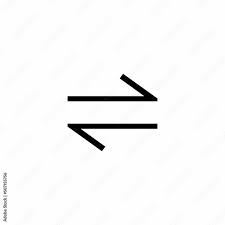bonding & lewis structures
1/23
There's no tags or description
Looks like no tags are added yet.
Name | Mastery | Learn | Test | Matching | Spaced |
|---|
No study sessions yet.
24 Terms
octet rule
atoms will lose or gain electrons in order to have 8 surrounding them
1-5 are exceptions — duet rule
isoelectronic series
ions & atoms with sample electron config. clustering around each other
Species | Number of Electrons | Electron Configuration |
|---|---|---|
Ne | 10 | 1s² 2s² 2p⁶ |
Na⁺ | 10 | 1s² 2s² 2p⁶ |
F⁻ | 10 | 1s² 2s² 2p⁶ |
Mg²⁺ | 10 | 1s² 2s² 2p⁶ |
Al³⁺ | 10 | 1s² 2s² 2p⁶ |
covalent bonding
atoms share electrons in overlapping regional of space
representations of molecules
structural
ball & stick
condensed structural (tells how to do structural)
electron affinity
ability of an atom to attract electrons
electronegativity
ability of an atom to attract electrons in a bond — doesn’t have units
non-polar covalent bond
distribution of electrical charge is balanced between the two atoms
polar covalent bond
atoms have unequal attraction for electrons
polar moclecule
one end is slightly positive & other is slightly negative — dipole: two poles
is oriented in presence of electric field
endothermic bonds
require more energy than given off
ex. H2O(s) - H2O(l), decomp. of nature, photosynthesis & baking bread
exothermic bonds
releases more energy than required
ex. Fe rusting, combustion reaction, respiration
EN range for polar bond
0.5 - 1.7
EN range for non-polar bond
< 0.4
EN range for ionic bond
> 1.7
types of covalent bonds
single - H-H
double - O-O
triple - N-N
types of covalent bonds in terms of bond length & strength
single: longest & weakest
double: medium length & strength
triple: shortest & strongest

reversible reaction
2H(g) + O2 - H2O(l) - freezer - H2O(s)
catalyst
used to drive a reaction forward
resonance
use of two or more lewis structures represent the covalent bonding in a molecule
exceptions to octet rule
incomplete octet: less than 8
odd-e molecules: #ve is odd, impossible to reach octet
expanded octet: atoms in d block block, more ve than 8 — more than 8 be around central atom
van der waals forces
weakest intermolecular forces, consist of dipole-dipole & dispersion forces
dipole-dipole forces
attractive forces that occur between polar molecules
london dispersion forces
forces that occur between atoms and no polar molecules as result of electron motion
examples of molecules that demonstrate resonance
NO3 - nitrate (ion)
NO2 - (ion)
O3 - ozone
include negative charges for ions